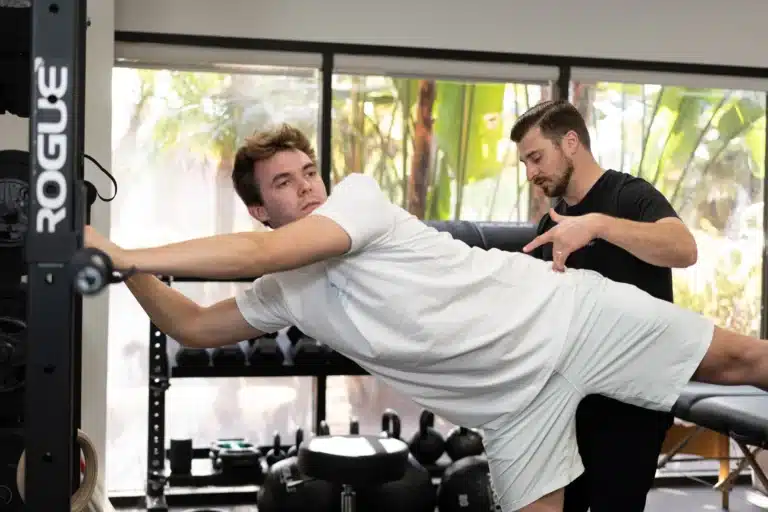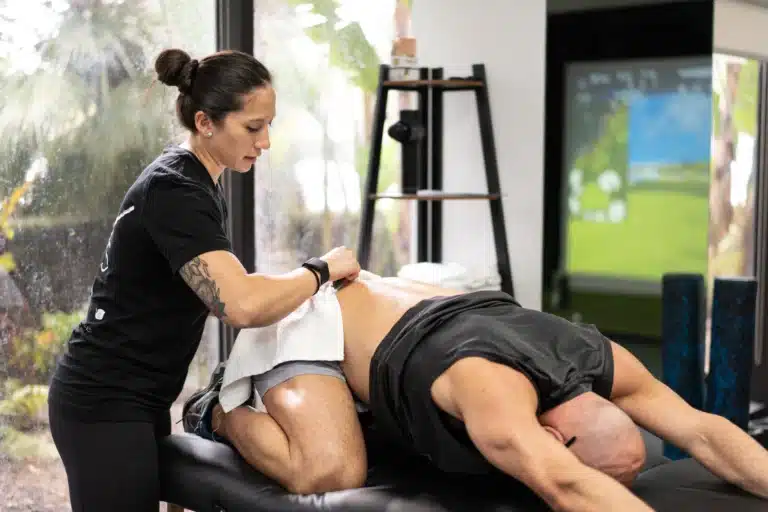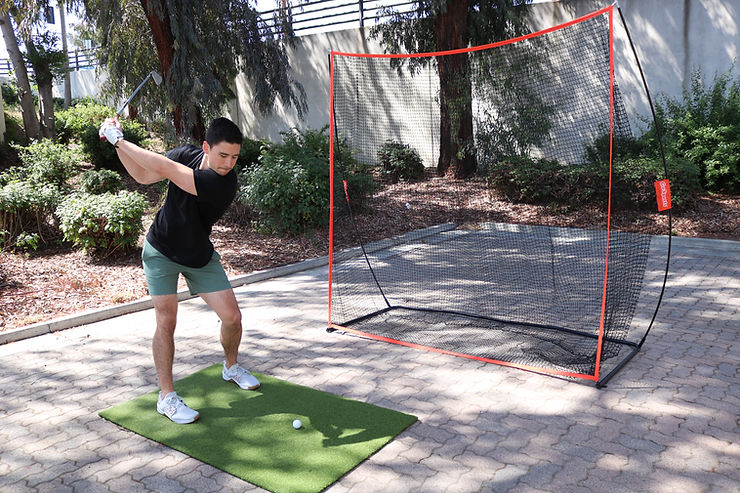Introduction
Iliotibial Band Syndrome (ITBS) is a common overuse injury that particularly affects long-distance runners, cyclists, and other athletes engaged in repetitive knee flexion activities. This condition causes significant lateral knee pain, which can hinder performance and daily activities. By understanding the iliotibial band syndrome causes, symptoms, and treatments, individuals can better manage and prevent this debilitating condition.
Anatomy of the Iliotibial Band
The iliotibial band (IT band) is a thick band of fascia, a type of fibrous band, that runs along the outside of the thigh, extending from the hip to the knee. This band of tissue is crucial in stabilizing the knee during movement and plays a significant role in lower limb biomechanics.
Its Role in Lower Limb Movement
The IT band assists in stabilizing the knee during activities such as walking, running, and cycling. It contributes to hip abduction, flexion, and extension, which are essential for maintaining balance and coordinated movements. The IT band also helps in absorbing shock and distributing forces across the leg muscles, reducing the risk of injuries.
Connection Points from Hip to Knee
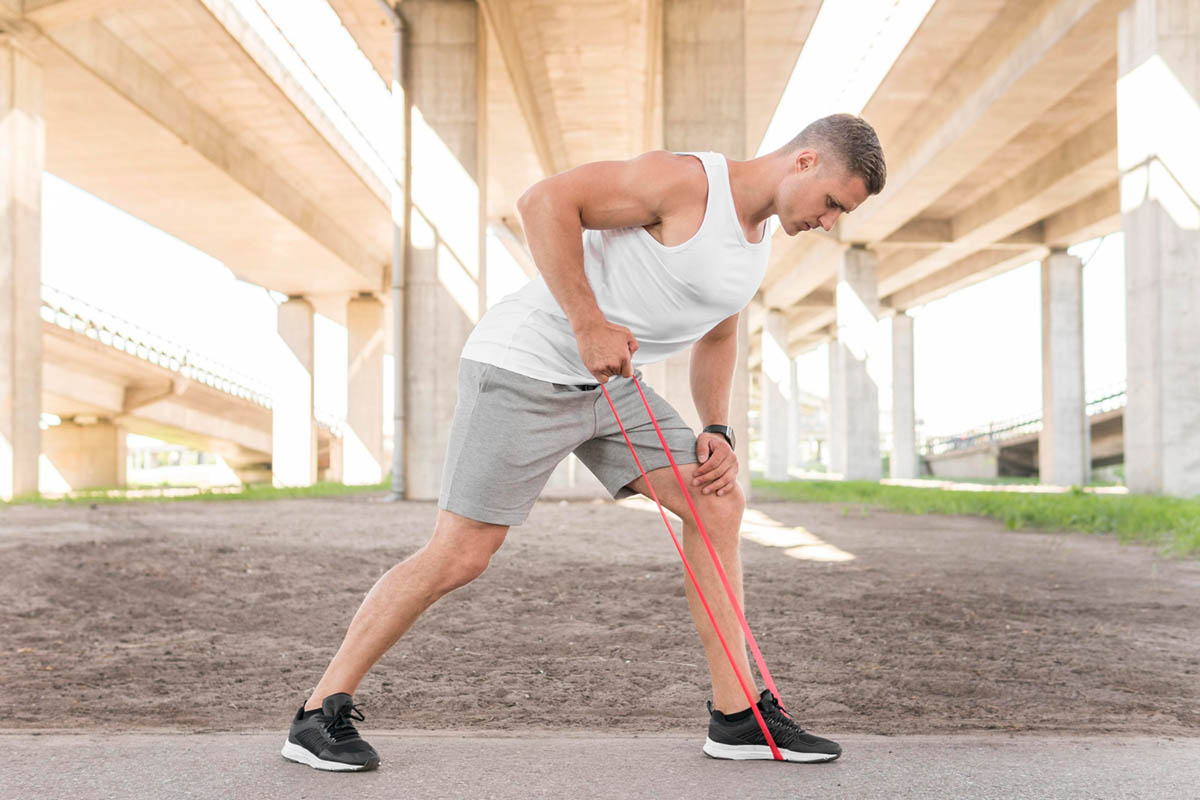
The IT band has two primary connection points that are critical to its function:
- Proximally (near the hip): The IT band originates from the iliac crest and the tensor fasciae latae muscle at the hip. This proximal portion of the IT band is involved in hip abduction and stabilization during movement.
- Distally (toward the knee): It inserts into the lateral condyle of the tibia, specifically at the Gerdy’s tubercle, near the knee joint. This distal portion helps stabilize the knee during activities such as running and cycling, preventing excessive lateral movement.
Causes of Iliotibial Band Syndrome
Iliotibial band syndrome can result from several factors, including overuse, biomechanical issues, and acute injuries. Understanding these causes is essential for developing effective prevention and treatment strategies.
Overuse and Repetitive Activities
Common Activities Leading to ITBS:
- Long-distance running: This repetitive activity often leads to IT band irritation due to constant knee flexion and extension.
- Cycling: The repetitive motion of pedaling can strain the IT band, especially if the bike is not properly adjusted.
- Hiking: Long hikes, particularly on uneven terrain, can exacerbate IT band tightness.
- Rowing: The repetitive bending and extending of the knees in rowing can cause excessive friction of the IT band.
- Risk Factors in Athletes and Fitness Enthusiasts:
- High mileage or intensity: Engaging in high volumes of training without adequate rest can lead to chronic inflammation of the IT band.
- Previous injury: Past injuries can increase susceptibility to ITBS, particularly in the lower extremities.
- Lack of strength in hip abductors: Weak hip muscles can lead to poor pelvic stability, increasing the stress on the IT band.
Biomechanical Factors
Poor Alignment and Muscular Imbalances:
- Poor pelvic stability: Weak abdominal muscles and hip abductors can affect the alignment and stability of the pelvis, leading to iliotibial band friction syndrome.
- Leg length discrepancy: Differences in leg length can result in uneven stress distribution on the IT band, contributing to lateral knee pain.
- Muscular imbalances: Imbalances between the hip and leg muscles can exacerbate the condition, causing more strain on the IT band.
Impact of Footwear and Running Surfaces:
- Inappropriate footwear: Wearing shoes that do not provide adequate support can lead to excessive foot pronation, increasing stress on the IT band.
- Running surfaces: Running on hard or uneven surfaces can increase the risk of IT band irritation, as these surfaces do not absorb shock well.
Acute Injuries Leading to ITBS
- Direct trauma to the IT band: A blow to the lateral side of the knee can cause acute inflammation and pain.
- Sudden increase in activity: Rapidly increasing the intensity or duration of physical activities can overload the IT band, leading to acute or chronic inflammation.
Symptoms of Iliotibial Band Syndrome
Recognizing the symptoms of iliotibial band syndrome is crucial for timely and effective treatment. The condition often presents with specific signs that can help differentiate it from other knee-related injuries.
Identification of Common Symptoms of Iliotibial Band Syndrome (ITBS)
- Pain on the Outside of the Knee: This is the hallmark symptom of ITBS, often described as a sharp pain or a burning sensation.
- Swelling at the Knee: Inflammation around the lateral knee area may be present, indicating irritation of the IT band.
- Pain along the IT Band: Discomfort can extend up and down the length of the IT band, from the hip to the knee.
- Pain Triggered by Activity: Symptoms often worsen during activities like running or cycling, particularly during repetitive flexion of the knee.
- Snapping or Popping Sensation: A snapping sound or sensation may be felt when bending the knee, due to the IT band moving over the femoral condyle.
Differentiating ITBS from Other Knee-Related Injuries
- Location of Pain: ITBS pain is typically localized to the lateral side of the knee, distinguishing it from conditions like patellofemoral pain syndrome or medial compartment arthritis.
- Activity-Related Pain: Pain usually arises during repetitive knee movements and subsides with rest.
- Response to Rest and Activity: Rest often alleviates the pain, while activity aggravates it, which can be a key indicator during a physical exam.
- Physical Examination: A healthcare provider can diagnose ITBS through specific clinical diagnosis techniques, including observing gait and performing specialized tests.
Physical Therapy Treatment for Iliotibial Band Syndrome
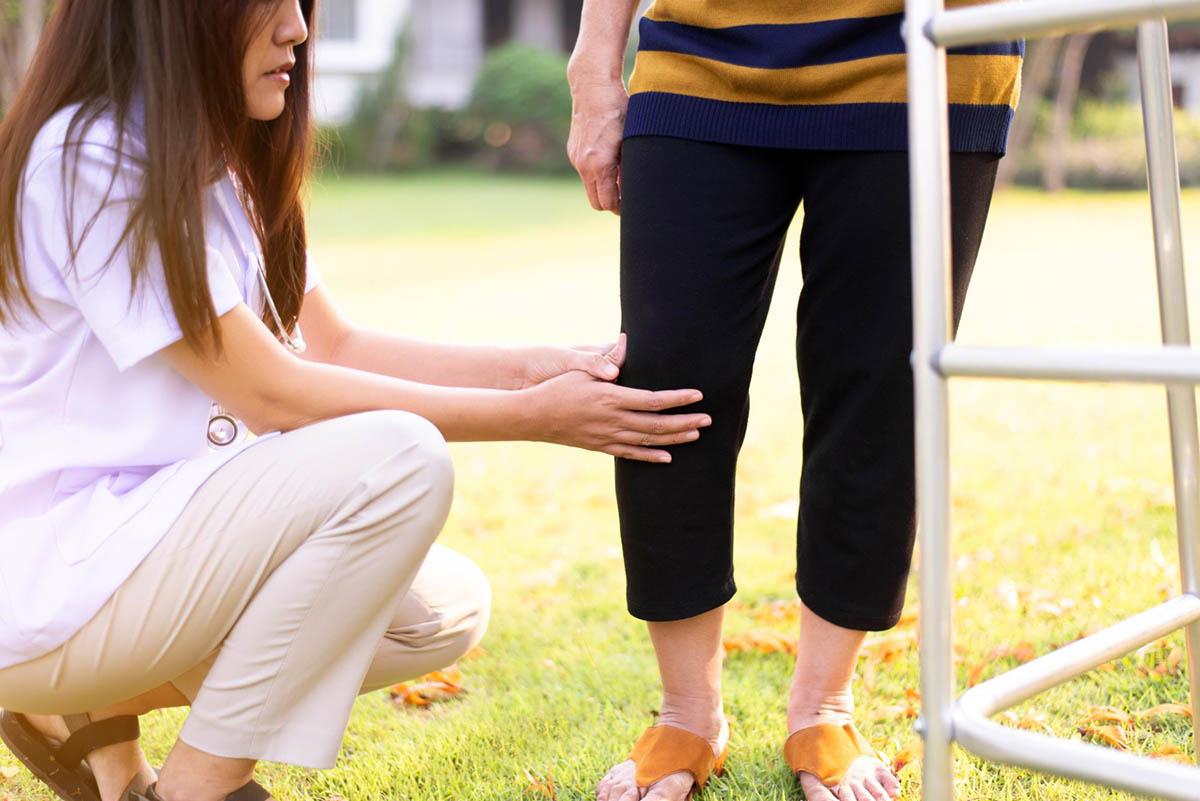
Iliotibial band syndrome physical therapy is a cornerstone in the treatment of ITBS, focusing on pain relief, stretching, strengthening, and correcting movement patterns.
- Initial Assessment: A thorough evaluation by a physical therapist to identify the root causes of ITBS and develop a personalized treatment plan.
- Pain Management: Techniques such as ice, heat, and anti-inflammatory medications, including corticosteroid injections, can help reduce pain and swelling.
- Stretching Exercises: Stretching the IT band, hip flexors, and quadriceps to improve flexibility and reduce tightness. Using a foam roller can be particularly effective for relieving tight IT bands.
- Strengthening Exercises: Strengthening the hip abductors, gluteal muscles, and core to enhance stability and prevent recurrence. Exercises without pain should be prioritized to avoid further irritation.
- Manual Therapy: Hands-on techniques to release tension and improve tissue mobility, including massage and myofascial release.
- Correction of Movement Patterns: Addressing biomechanical issues through gait analysis and movement retraining to prevent excessive friction of the IT band.
- Education and Prevention: Teaching proper techniques and strategies to prevent recurrence, including the use of appropriate footwear and adjusting training intensity.
- Gradual Return to Activity: A phased approach to resuming physical activities safely, ensuring that the IT band is not overloaded.
Conclusion
Iliotibial Band Syndrome is a manageable condition with the right approach to treatment and prevention. Understanding its causes, symptoms, and treatment options can help those affected by ITBS to recover and return to their normal activities stronger and pain-free. Successful treatment often involves a combination of conservative treatments, physical therapy, and, in some cases, imaging tests to rule out other conditions.
At The Movement Schopp, we specialize in tailored solutions for managing and treating iliotibial band syndrome. Our expert team offers comprehensive physical therapy services designed to address the root causes of ITBS, ensuring a holistic approach to recovery. Whether you’re a seasoned runner or a recreational athlete, our athlete physical therapy programs are specifically crafted to enhance performance, prevent injuries, and promote long-term wellness. Trust The Movement Schopp to help you overcome ITBS and get back to your best self.
FAQs
What does an irritated IT band feel like?
An irritated IT band often feels like a sharp or burning pain on the outside of the knee, which can extend up and down the outer thigh. This pain typically worsens with activity and may be accompanied by swelling or a snapping sensation. It is important to consult a healthcare provider for a clinical diagnosis if you suspect ITBS.
What happens if IT band syndrome is left untreated?
If left untreated, IT band syndrome can lead to chronic inflammation and further injury. It may cause persistent pain and inflammation, limit physical activities, and affect the overall quality of life. In severe cases, surgical treatment may be necessary to alleviate symptoms.
Is it OK to walk with an IT band injury?
Walking with an IT band injury is generally okay if it does not cause significant pain. However, it is important to avoid activities that exacerbate the symptoms and to seek treatment to address the underlying causes. Consulting a physical therapist can help develop a plan that includes exercises for iliotibial band syndrome and other conservative treatment options to ensure a successful recovery.


